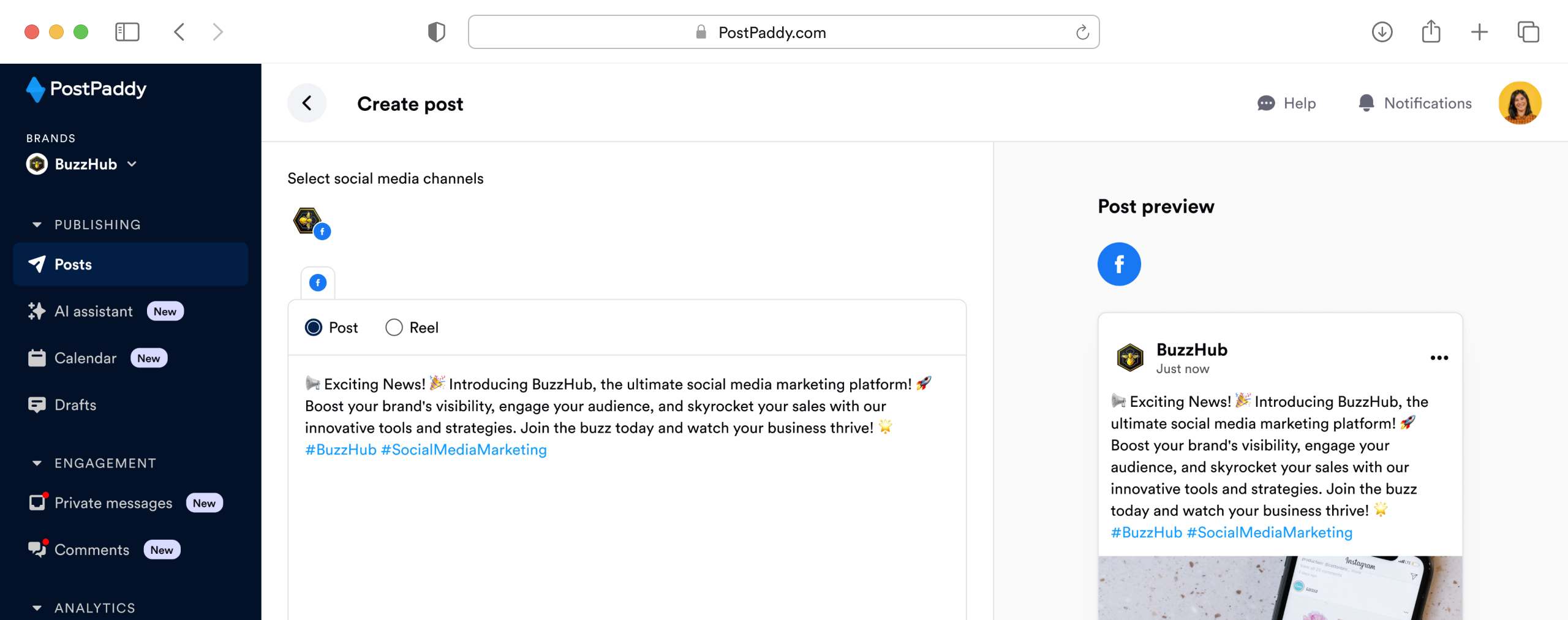
How to Determine and Reach your Target Audience on Social Media
Interacting with your own ‘tribe’ can help narrow down your messaging, develop a solid and authentic brand image and make a definite impression on your audience.

Organic marketing (also known as inbound marketing) aims to generate leads and increase sales using content that builds trust and authority with potential customers.
This guide will show you how to use organic marketing to attract new customers and increase sales.


Organic marketing is a simple, actionable strategy for gaining more free traffic by creating value for your audience. It’s about building an entire strategy around content creation and distribution that will naturally attract visitors who are interested in your product or service offering.
Organic marketing is the opposite of outbound marketing, which is expensive and time-consuming. Organic marketing focuses on finding the people who are already interested in what you’re selling (or the problem you’re solving) and delivering value to them through content that builds trust and credibility.
To start with organic marketing you need to build an organic marketing strategy. Building this strategy helps to get free traffic and leads.
Step 1: Analyze your audience’s current traffic habits.
Research and get information on your audience’s traffic habits and compare them to your current content strategy. It’s also important to discover where you get the most organic traffic presently. Is it from your email newsletters, social media posts, or YouTube channel? Does your audience rely on industry publications, social media, or review sites to discover a business like yours? Determining this helps you know where to channel your energy.
Step 2: Create and maximize content.
Create new and reusable content: Develop a content pool that can work for you even when you don’t have anything to publish. This way, you can easily adapt and create educational content and resource materials for your audience to learn from at any time. Categories and content forms include blog posts, videos, and podcasts.
Step 3: Optimize your content.
Optimize your website and social media: Optimization would not only let your audience read, review and engage with your content. It would keep them returning to your blog site or social media page. Elements like your website structure, brand color & design, style, and loading speed are important to attract and retain your audience and even get them to reshare your content.
Make your content mobile-friendly: Most users access content on social media platforms and blogs on their mobile devices. So, to create an effective organic marketing strategy, you need to optimize all your content for mobile devices. This means using a responsive website and getting each platform’s image dimensions right.
Step 4: Evaluate and improve.
Keep your team in the loop: Successful organic marketing requires all teams to know the customer’s needs. By informing and engaging the team, you can evaluate progress or faults in any department (content creation, graphics design, video creation, etc.) and determine the next line of action together. This would also help you to figure out how to get things done faster and more consistently.
Using organic marketing effectively can get you more visitors and leads without spending money on ads or paying for PPC (Pay-Per-Click) listings in Google Search results pages (SERPs).
However, there are additional tactics you can always have in mind to maximize organic marketing for your brand/business:
While implementing these different tactics, it’s also important to harmonize your efforts to attain the best results.
This means creating and implementing a marketing strategy and using the right tools to actualize your efforts.
In conclusion,
PostPaddy helps you implement your entire social media marketing strategy around content creation and distribution. With automated posts, you can conveniently schedule content that naturally attracts visitors interested in your offering. It works with LinkedIn, Facebook, Instagram, YouTube, and Twitter.
PostPaddy’s social media scheduling tool is interactive. You get all your assets (copy, visuals, hashtags) and a visual overview in one place.

Interacting with your own ‘tribe’ can help narrow down your messaging, develop a solid and authentic brand image and make a definite impression on your audience.
Your social media handle is more than just a username—it’s a vital part of your brand identity. In this guide, you’ll learn how to create the best social media handle for your business, from keeping it short and memorable to ensuring it’s legally sound and future-proof. By following these strategic steps, your handle can enhance your online presence and set your brand apart.

Learn how to schedule your threads and posts on X to maintain a consistent presence on X (formerly Twitter). In this article, we’ll explore how to schedule posts and threads effectively using PostPaddy to improve your social media strategy.
Create an account and start managing your social media hassle-free, it only takes a few minutes to setup your account


Experience better social media content management powered by teamwork, unique strategies and qualitative post analysis across social media platforms all on Post Paddy.
11900 Commerce Street, Apt 1307
Farmers Branch
Texas
75234
©2023. PostPaddy. All rights reserved